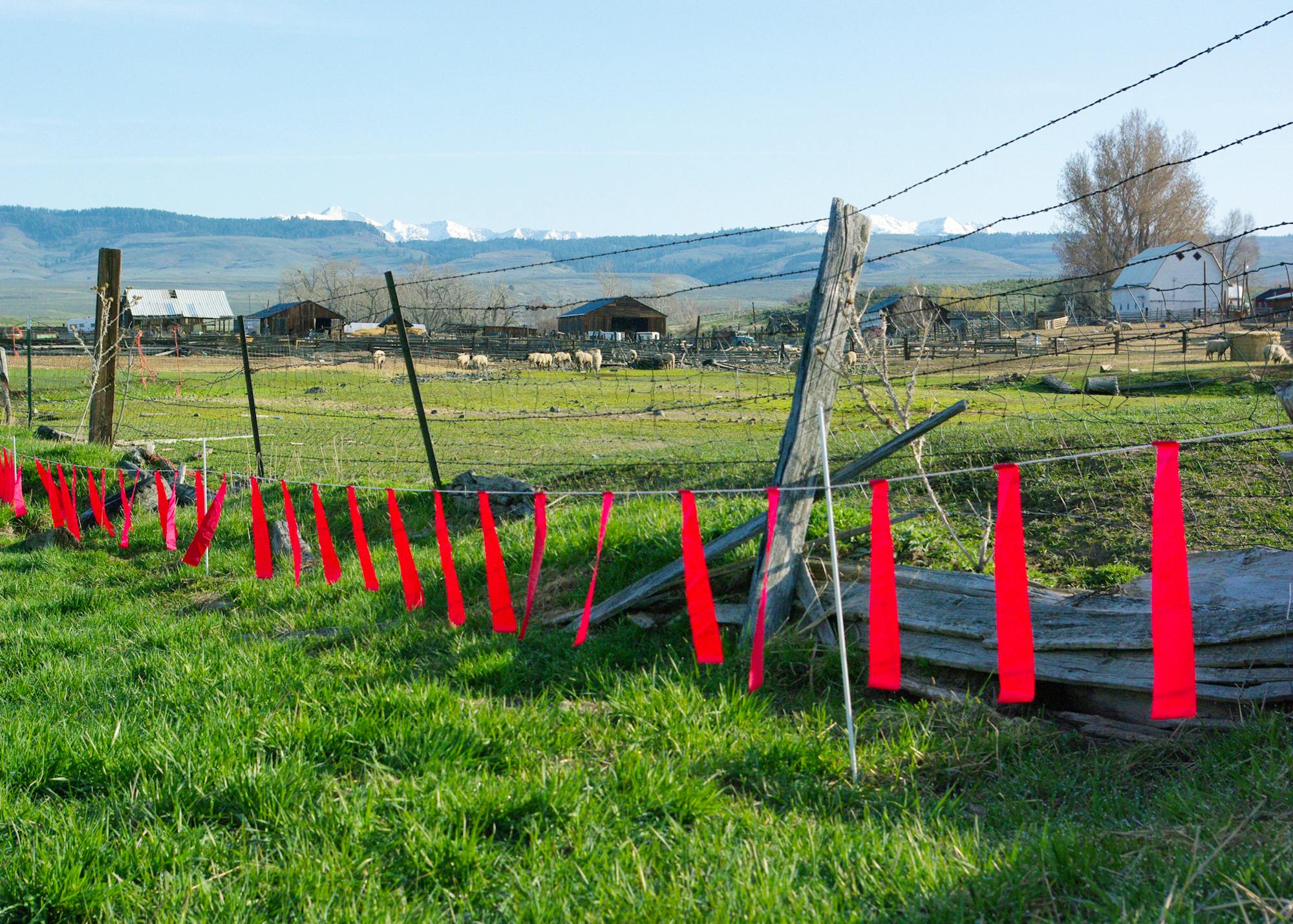As we celebrate the Year of Coexistence, we are highlighting innovative ways people are sharing the landscape with wildlife. Last week in Montana, Defenders hosted the first of its kind Human-Wildlife Coexistence Summit – a working session to provide a platform for generating new ideas to overcome current challenges to coexistence efforts, identifying social and pragmatic best practices for achieving sustainable and resilient coexistence, and exploring areas of potential future collaboration among government agencies, landowners, conservation owners, ranchers and scientists.
Wildlife conservation and management has historically stimulated some serious divisiveness, with human-wildlife conflicts sometimes leading to bitter disputes among ranchers, landowners, government agencies and conservation organizations. Human-human conflicts have also created barriers, making it difficult to identify and deploy long-term sustainable solutions that maintain healthy wildlife populations and protect rural livelihoods.
Thankfully, over the past few decades, we have seen a dramatic shift in how society deals with human-wildlife conflicts, and many of the attendees of the summit have been a huge part of promoting and guiding that shift. Productive discussions among biological and social scientists, ranchers, wildlife and agricultural specialists and managers, state, federal and tribal government policy makers and practitioners, all focused on how to make coexistence work better for everyone, especially our wildlife.
Today, there’s a growing awareness of the value of biological diversity and increasing support for better resources and tools that encourage new and creative ways to manage and conserve wildlife. During the early years, compensation was the primary – in some cases, the only – tool for encouraging coexistence. I remember that well from the early days of returning wolves to Yellowstone.



Coexistence interventions have evolved over the past 30 years from compensation to the development of important and robust nonlethal deterrents such as livestock guardian dogs, fladry and electric fencing to keep predators and livestock separate and safe.
More recently, coexistence is increasingly recognized as extending beyond addressing only predator-livestock conflicts:
- Using vegetative barriers to reduce human conflicts with prairie dogs and therefore black footed ferrets;
- Highway crossings for wildlife to allow for habitat connectivity and reduce vehicle collisions with Florida panthers and countless other species;
- And public education efforts regarding proper food storage and how to use bear spray to reduce conflicts with grizzly and black bears.
All of these examples are important expansions and evolutions of coexistence and have stimulated the broader thinking and innovation that is happening now.



Coexistence is conservation; these techniques are transformational, and the cultural shift is both timely and significant. Defenders and many of the practitioners and attendees at the summit have been at the forefront of efforts to develop and test these tools and approaches. We are working in urban and rural communities across the country to build social acceptance for wildlife.
Regardless of the species or location, sustainable, long-term coexistence and ensuring wildlife human relationships are respectful and healthy are contingent on collaboration, communication and partnerships.
Wildlife doesn’t recognize boundaries created by people. They move without regard to who owns the lands or where the conflicts may arise. Engaging with and listening to a wide range of stakeholders is critical to healthy sustainable wildlife on vibrant functioning landscapes across the country. We have all seen what success looks like – for people and wildlife – we know what results from strong partnerships.
Since the field of human-wildlife coexistence is often siloed and there are limited opportunities for inspired collaboration, Defenders hosted this Summit to focus on the power of partnerships, mutual respect and our joint passion for wild things and have discussions about furthering wildlife coexistence.
Defenders is proud to stand among such strong partners, and to have our members supporting us in this endeavor, with passion, determination and commitment to ensuring a healthy future for people and wildlife.





